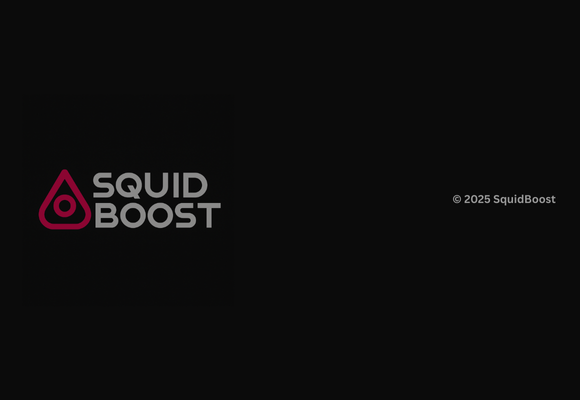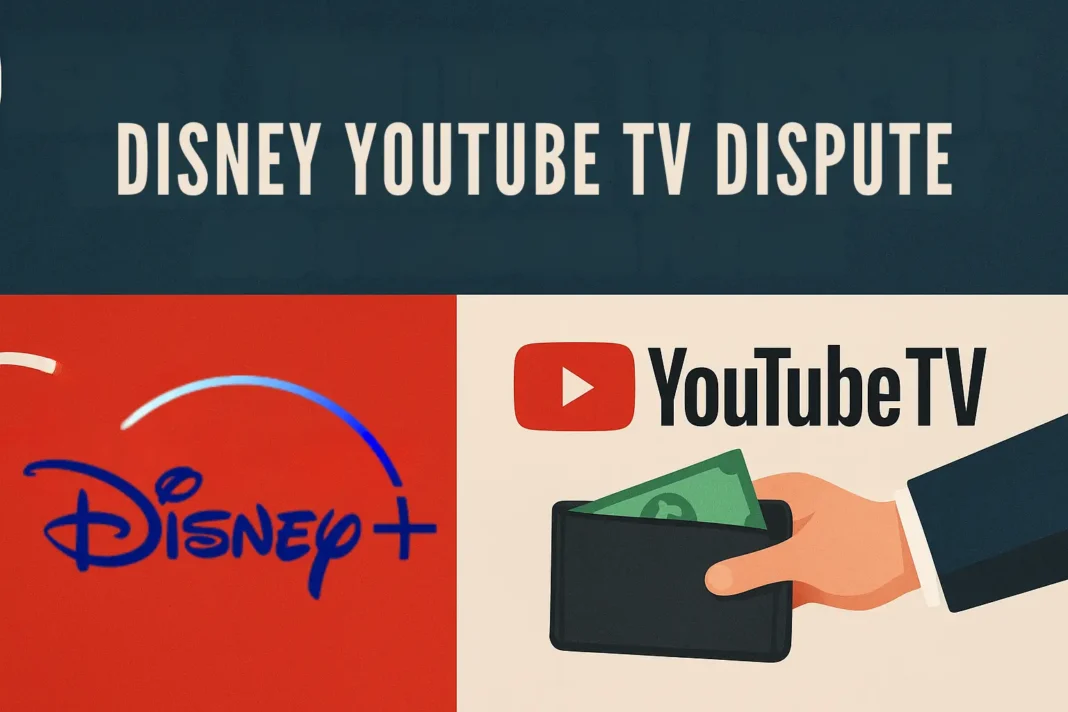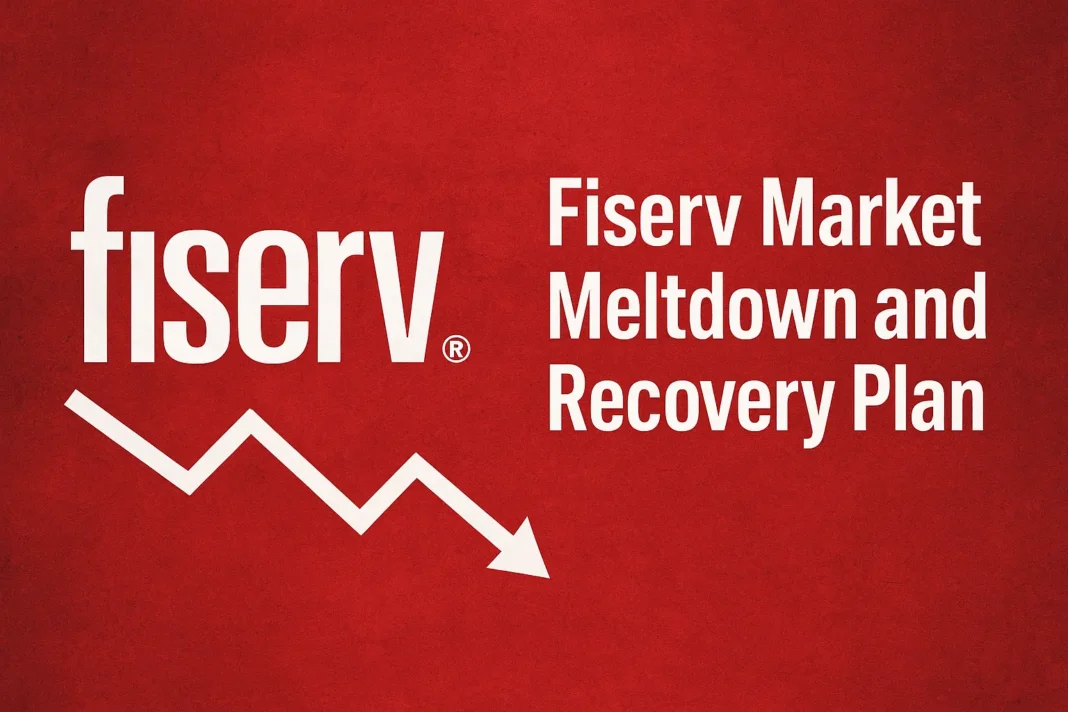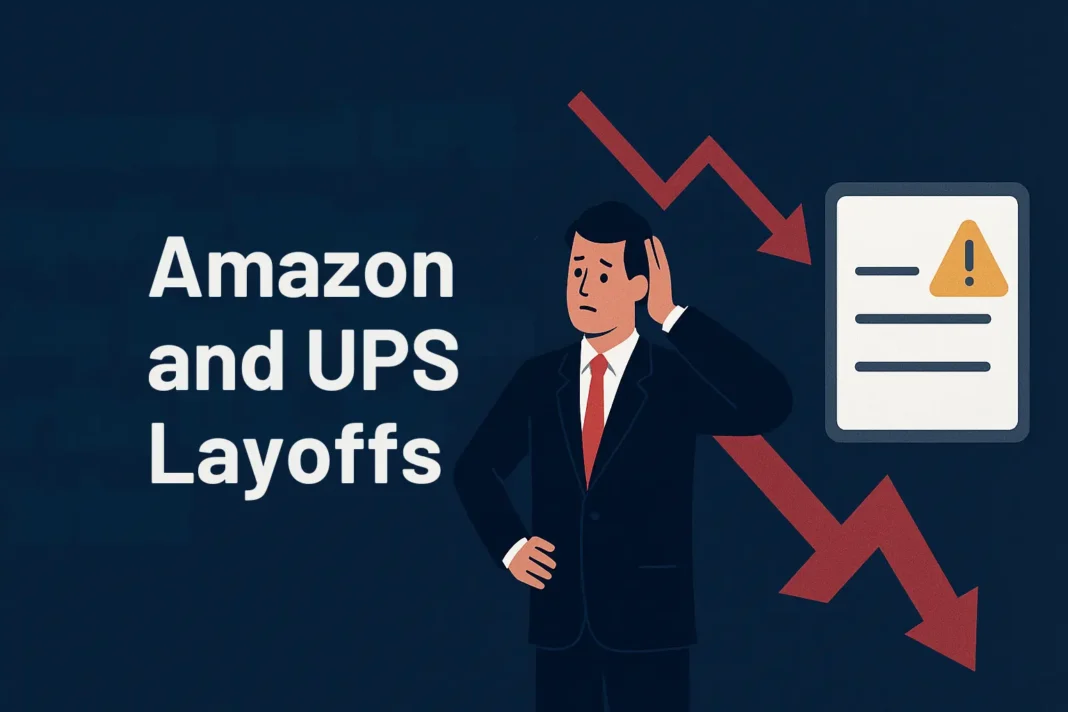Disney YouTube TV Dispute
Ever tried to unwind with your favorite Disney show on YouTube TV, only to find the channel missing? One minute you’re ready to watch, and the next, your screen goes dark. You’re left thinking, “Wait, didn’t I pay for this?”
If this sounds familiar, you’re not alone. Recently, a major conflict between Disney and YouTube TV disrupted countless viewers across the U.S. Disney-owned channels like ABC, ESPN, FX, and even the Disney Channel suddenly disappeared from YouTube TV — all because of a pricing fight between two media giants.
But this isn’t just another spat. It’s part of a much larger trend known as the carriage wars, and it could have a real effect on your entertainment costs and streaming experience.
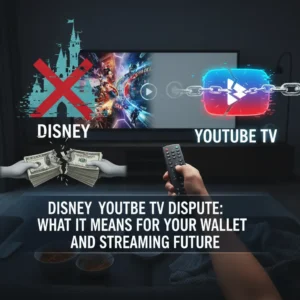
Understanding the Disney YouTube TV Dispute
In simple terms, TV channels (like those owned by Disney) produce content, while platforms such as YouTube TV distribute that content to viewers. The channels want fair payment for their content, while streaming platforms want to keep costs low for themselves — and, ideally, for you.
When these sides can’t agree on a deal, the channels often get pulled from the lineup, using subscribers as leverage. The result? Viewers lose access to content they’re already paying for.
This particular clash marks a major turning point. In the past, such battles happened between traditional cable networks and media companies. But now, with streaming services like YouTube TV taking center stage, these disputes are shaping the future of digital entertainment.
A Shift in the Streaming Power Balance
The Disney YouTube TV dispute isn’t just about a temporary blackout. It reflects a new power struggle between tech-based streaming giants and traditional media conglomerates.
YouTube TV isn’t a small player anymore. It’s competing head-to-head with established entertainment powerhouses like Disney, NBCUniversal, and Paramount. This tug-of-war is redefining how content is distributed — and who ultimately pays the price.
How These Carriage Wars Affect You
You might think, “This doesn’t affect me — I’ll just switch platforms.” Unfortunately, that’s not entirely true. These disputes have ripple effects that reach your wallet and your overall entertainment experience. Let’s break it down.
1. Content Blackouts
The most obvious impact? You lose access to the shows and sports you love — even while paying for them. Imagine missing your favorite ESPN game or your kids’ Disney cartoons simply because of corporate disagreements. It’s frustrating, inconvenient, and feels unfair.
2. Rising Subscription Costs
When media companies demand higher fees and distributors agree to pay, those costs are usually passed on to subscribers. Over time, your monthly bill creeps up.
What once felt like an affordable streaming alternative now looks a lot like your old cable bill.
3. The Return of Bundling
Remember when “cutting the cord” promised freedom and cheaper viewing? Ironically, we’re slowly heading back to re-bundling — needing multiple subscriptions to access all the shows we want. Between YouTube TV, Disney+, Hulu, and others, we’re building our own expensive bundle.
4. Fragmented Entertainment Experience
Today’s streaming landscape feels like a maze. You might find one series on YouTube TV, another on Netflix, and exclusive Disney content on Disney+. It’s a fragmented experience that forces viewers to juggle platforms, passwords, and monthly payments.
Why the Disney YouTube TV Battle Matters to Your Finances
Beyond the annoyance of losing content, these disputes highlight a bigger financial truth: you’re paying for corporate conflicts. Every fee increase or new subscription demand hits your personal budget.
Streaming was supposed to save money compared to cable. But as media companies push for higher carriage fees, and platforms push back, you’re the one caught in the middle — paying more for less convenience.
What You Can Do as a Smart Viewer
You might not be able to control Disney or YouTube TV, but you can take a few steps to protect your money and sanity.
1. Stay Updated on Service Changes
Whenever disputes like this arise, stay informed. Follow official updates from your provider so you’re not caught off guard by channel removals or price hikes.
2. Reevaluate Your Subscriptions
Ask yourself: Am I really getting value for what I pay?
If you only watch one or two shows on a service, consider rotating your subscriptions. Subscribe for a month, binge your favorites, and cancel until new content releases.
3. Speak Up
Your feedback matters. Reach out to customer support or post on official forums. Companies do track customer sentiment — and collective pushback can pressure them to settle disputes faster.
The Bigger Picture: The Economics of Streaming
This entire episode is a reminder that the streaming world isn’t immune to the same economic tensions that once plagued cable TV. We’re seeing a shift from viewer-friendly innovation to profit-driven consolidation.
As streaming platforms evolve, maintaining balance between affordable pricing and high-quality content is getting harder. Consumers must stay alert and adaptable to protect both their time and their wallets.
Conclusion
The Disney YouTube TV dispute isn’t just about missing your favorite show — it’s a symbol of the broader battle shaping modern entertainment. The line between cable and streaming is blurring, and viewers are caught in the crossfire.
To stay ahead, stay informed, manage your subscriptions wisely, and remember — every “carriage war” ultimately affects you. The future of entertainment might be digital, but it’s still driven by dollars.
FAQs
1. Why did Disney and YouTube TV fight?
They disagreed over carriage fees — the payments YouTube TV makes to Disney for carrying its channels.
2. How long did the blackout last?
It lasted several days before both companies reached a temporary agreement.
3. Will this happen again?
Probably. Carriage disputes are becoming common as streaming platforms grow in power.
4. How can I avoid losing access to my favorite shows?
Stay flexible — consider having multiple streaming options or rotating subscriptions.
5. Are streaming prices going to keep rising?
Yes, likely. As content costs and competition increase, those expenses often get passed to subscribers.




